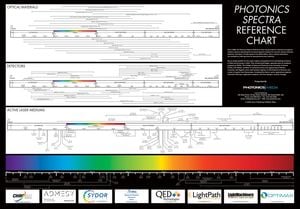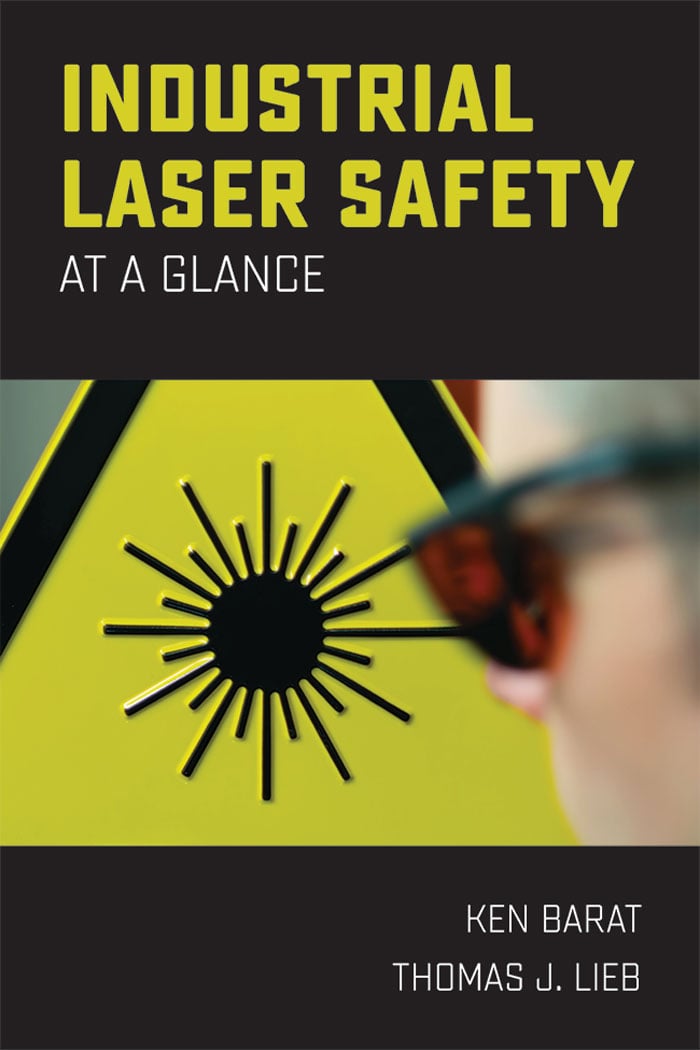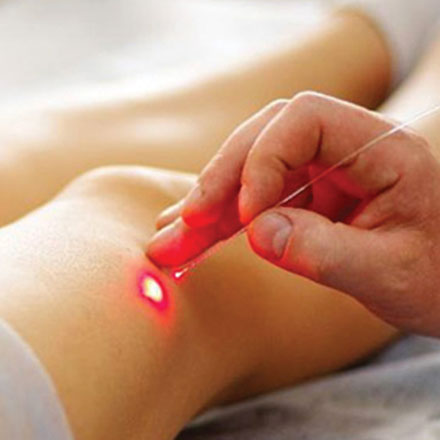
< More Lasers NewsletterSubscribe to our E-NewslettersIntegrated Lasing Rises to the Fore; Supermode Resonator Moves Beyond Conventional Cavities (5/9/2023)
Integrated Lasing Rises to the Fore; Supermode Resonator Moves Beyond Conventional Cavities
The latest news, features, and product developments in lasers, laser systems, laser accessories, and light sources – brought to you by Photonics Media.
| If you are having problems seeing this newsletter, please click here to view |

|
The latest news, features, and product developments in lasers, laser systems, laser accessories, and light sources – brought to you by Photonics Media. Manage your Photonics Media membership at Photonics.com/subscribe.
|
Integrated Terahertz Platform Supports Broadband Coherent Photonics
Building on previous approaches to THz integration, including hybrid plasmonic waveguides and devices integrated on silicon, researchers at ETH Zurich presented a novel platform for broadband coherent THz photonics based on high-confinement active and passive planarized double metal waveguides. In the researchers’ architecture, the active and passive elements were integrated in a double-metal, high-confinement waveguide layout planarized with a low-loss polymer.
|
|
|
|
|
Laser Method Drills Taper-, Crack-Free Holes in Glass
Researchers from the Institute of Intense Lasers and Applications at the University of Bordeaux developed a glass micro-drilling method using a femtosecond laser operating in gigahertz-burst mode. The researchers used the method to achieve taper-free, elongated holes with smooth inner walls without creating cracks in the glass. Typically, laser drilling with standard single femtosecond pulses results in tapered holes of strongly limited length and rough inner surface. The laser-matter interaction regime permits the drilling of holes with high aspect ratio in a single step without any chemical etching.
|
|
|
|
Hybrid Platform Characterizes Tunable Laser Advancement
Researchers at École Polytechnique Fédérale de Lausanne (EPFL) and IBM have developed an ultrafast, tunable, hybrid laser based on lithium niobate (LiNbO3) that could significantly improve optical ranging technology. The EPFL researchers manufactured photonic integrated circuits (PICs) based on silicon nitride (Si3N4). The integrated circuits were bonded with LiNbO3 at IBM.
|
|
|
|
 Photonics Spectra Reference Chart
Photonics Spectra Reference Chart
Photonics Media
This full-color, 30 × 20.5-inch poster of the photonics spectrum displays the major commercial laser lines, detectors and optical materials in the ultraviolet to the far-infrared and beyond. The convenient format makes it easy to quickly find the information you need.
|
|
|
 Industrial Laser Safety at a Glance
Industrial Laser Safety at a Glance
Photonics Media
A straightforward guide, offering clear, real world explanations of laser safety elements and the necessary background materials for the industrial laser environment.
|
|
|
|
|
| |
|
Researchers from Aston University have developed a method to improve the accuracy of blood flow measurements in the feet of patients with Type 2 diabetes. The laser-based technique improves accuracy in detecting minute changes in microcirculation, and it improves on the method of laser Doppler flowmetry (LDF), which is commonly used to check circulation in the feet.
|
|
An ultra-efficient on-chip supercontinuum laser developed by researchers at the University of Twente is poised to enable applications ranging from portable medical imaging devices to chemical sensing and lidar. The researchers’ design enabled control over the dispersion of light in the laser system by alternately widening and narrowing the beam of light.
|
|
In a newly developed lidar system, researchers at Kyoto University integrated 3D flash and beam-scanning laser light sources to create a 3D, nonmechanical lidar system. The system can measure the distance of poorly reflective objects in the field of view (FOV) and automatically track the motion of these objects — a capability not found in conventional lidar, and one that will enable autonomous vehicles to drive more safely, the researchers said.
|
|
Researchers at the National Institute of Standards and Technology (NIST) have greatly improved the efficiency and power output of a series of chip-scale devices that generate laser light at different colors while using the same input laser source. The researchers developed on-chip microresonators with optical parametric oscillators that support the operation of a range of distinct quantum technologies, such as miniature optical atomic clocks and quantum computers. These technologies will
|
|
Researchers in the lab of Federico Capasso at Harvard University’s School of Engineering and Applied Sciences developed a supermode optical resonator. Prior to the work, resonators — and the two reflective mirrors inside them — controlled the intensity and frequency of light, but not its mode, which determines the shape and manner in which photons flow through space and time.
|
|
 Medical Laser Applications: Defining Measurement Solutions That Keep the Process on Track
Medical Laser Applications: Defining Measurement Solutions That Keep the Process on Track
Wed, May 17, 2023 11:00 AM - 12:00 PM EDT
As with any precision process, laser-based medical applications demand tight control of a laser’s behavior to keep the process on track but how is this implemented in applications? Mark Slutzki of Ophir, in addition to presenting interesting medical laser applications, maps out the process for identifying and configuring the appropriate monitoring and measurement solutions as well as the most intelligent approaches to implementation. This is often not a trivial task but the result is a model that can be used equally well in other laser applications. Slutzki shares how to define a laser process monitoring and controlling solution, using the medical field as a reference application but also considering the elements that are common to all laser-based applications. Presented by Ophir.
|
|
|
|
|
|
